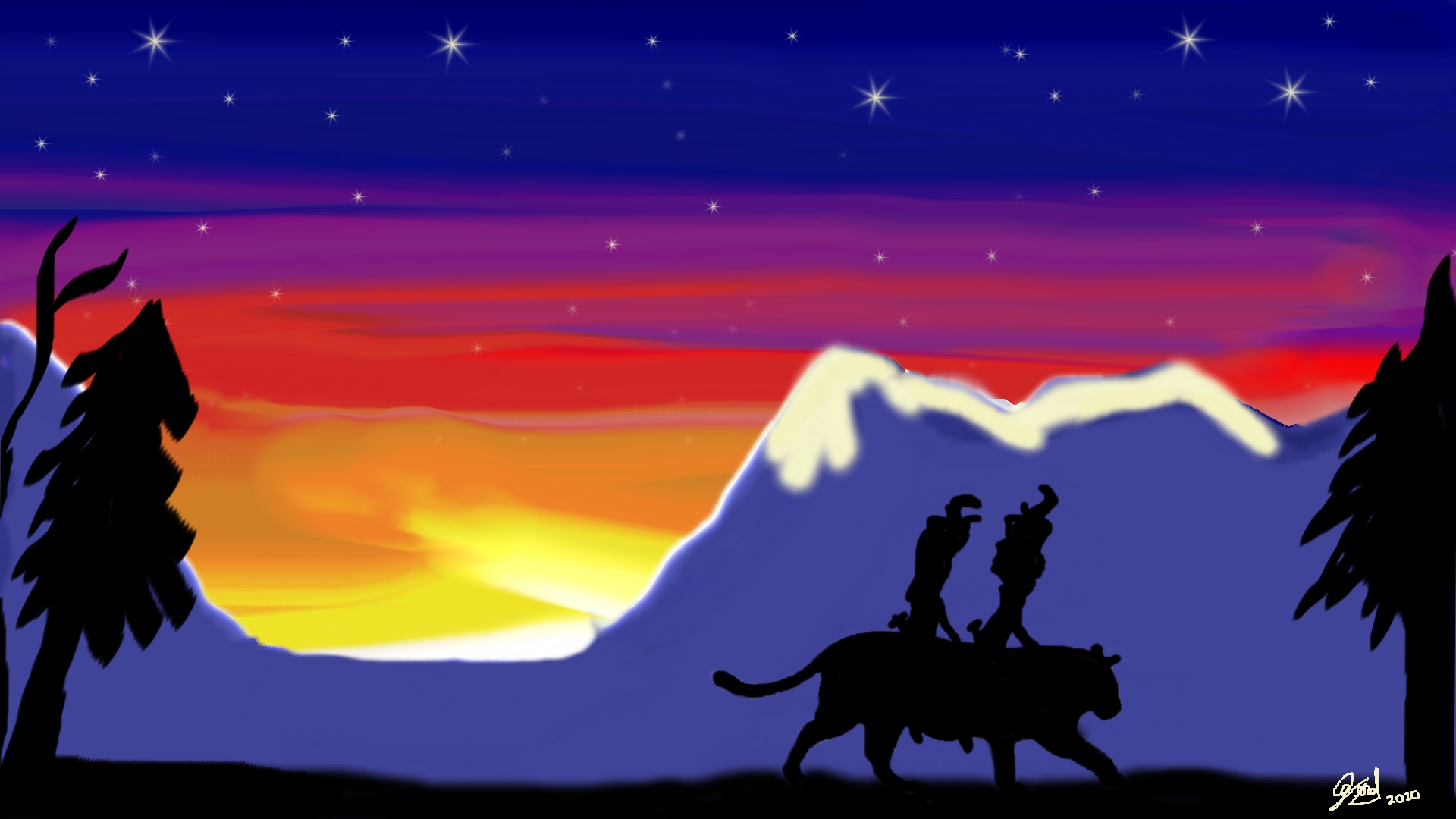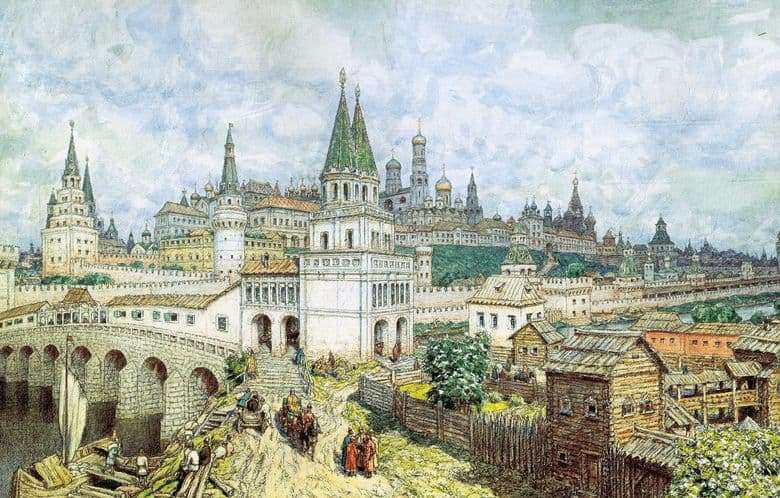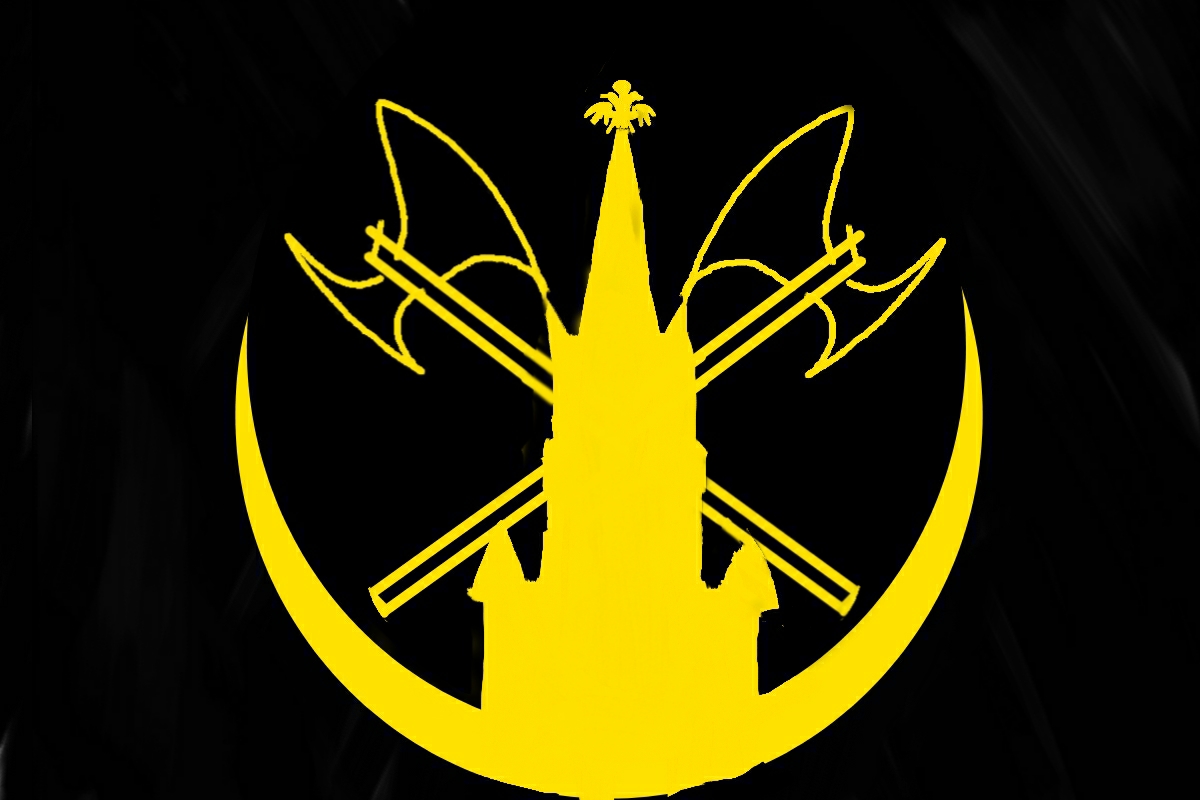Ulan Shang Kov's Kremlin
The Ulán Shang Kov's Kremlin (Улан-шанковский кремль) is a fortress located in the center of Ulán Shang Kov, the capital city of Moskova. It is one of the most recognizable landmarks of the city and the Kingdom itself because of its architecture and red walls. It guards the Royal Palace among other palaces, residences and temples. The Kremlin has several towers but the most famous is The North Tower.
Purpose / Function
The Kremlin was built for defensive purposes. It is maybe one of the oldest manmade strutures from the properly said city of Ulán Shang Kov. It guards a complex of buildings that includes the Royal Palace, the Secret Palace and several temples, among residential complex of houses for the court and other members of the Royalty and the Army. The tall towers offer a spot from where shoot in case of defending the city of invaders, and many towers also have other functions like weapon storing, residential use and even a prison, which is The North Tower.
Alterations
This fortress has suffered several modifications, rebuild, remodelations and changes of color during its history. When the villages present in this region previous to the foundation of the city were unified, the wall that served the same function as the current Kremlin was made of mud. When the mud wall was replaced by a wooden one, sentry boxes were added, and those were the antecesors to the towers that can be seen nowadays. By the year 1300, it was covered in a layer of terracota, changing its color from white to red. One of the towers that had the most amount of remodelations was the North Tower since Ivar's reign beginning because he turned it into a prison.
Architecture
The Kremlin is a crenellated fortress currently made of Whitestone bricks and covered by a layer of terracota. It has 10 towers, each one built with a distinctive style. The overall wall itself is 2.350 meters long and is built in an irregular triangle shape, while the thickness of the walls tends to be around 5 meters.
Towers
The Kremlin has 10 towers by the year 1367. The Lost of towers is the following:
- Water Tower.
- Southern Tower.
- North Tower.
- Silence Tower
- City's Savior Tower
- Eastern Tower
- Sun Tower
- Boris the II's Tower
- Pine Groove Tower
Buildings inside the Wall
Some of the most important buildings of the city and the Kingdom itself are guarded inside these walls. Those buildings are the following:
- The Royal Palace
- Armery
- The Secret Palace
- Romanov's Residence (Boyar residential complex)
- Palace of the Brides and Princessess.
- Royal Solar Temple
- Temple of the Moon
- Ivan's Belltower
- Temple of the Thousand Stars
- Borinski Residence (Boyar residential complex)
- Palace of the Court
- Dæmons Temple
- Little Solar Temple
History
The Kremlin's origin can be traced down to the city's origins. By the Tenth Century, the city was founded by unifying the preexisting villages located on its spot. The first ancestor of the Kremlin was a trench carved in the ground accompanied by a mud wall which, which separated the boyars' territory from the peasants' houses. The trench and the wall were created around the year 1000, which is the foundation year of Ulán Shang Kov. By this time, the city was like a third lf the size it currently has, and the primitive Kremlin was the guide which shaped the development of the city, which is concentrical towards it. Years later the provisional mud wall was replaced by a wooden one, which was stronger and had sentry boxes added to it for defense and vigilance purposes. These boxes are the direct antecesors of the towers that is possible to see nowadays. The wooden wall didn't stay a long time, since during the Invasion of the People's from the East it was burned down, and the perpetual growth of the city justified stronger defenses. The actual Kremlin wall that stands until our days was built after the invasion and is made of Whitestone bricks. By the year 1300, it did lose its recognizable white color because of the remodelation in which it was covered in terracota and since then the wall is red.
Tourism
Ulán Shang Kov's Kremlin is one of the reference points of the city and is a landmark recognized inside the country and out of it. Since it is technically the center of the city, most of the commercial activity is developed near it. The Central Market of Ulán Shang Kov is located in the square in front of it, so it is pretty frequented by the city's inhabitants. This market is also a known spot where is possible to find magical carpets. The area near the Kremlin tends to be very vigilated by the Royal Guards and sometimes The Dark Army. There are many inns located in the closest areas to this structure, like for example the Red Lion Inn.
Founding Date
Circa Eleventh Century, older wooden and mud versions have been recorded
Alternative Names
Red Wall
Type
Fortress
Parent Location
Included Locations
Connected Rooms
Ruling/Owning Rank
Owning Organization
Cultural Reception
Alongside tourism, the Kremlin has influenced in several aspects of Moskovar culture, since it is a common motif in art, pottery, songs, textlie and even in the language. Regarding last point, one of the most known idioms of Moskovar(language) is the following one:
" не ползать по стенам кремля" (Ne polzati po stenam kremlya)Which can traslate as "don't crawl up the Kremlin's walls" and is mostly used towards pretentious people or people who tries to prove something that it is obviously unprovable. The North Tower is also a feature from the Kremlin which has gotten a big cultural impact. It is a symbol of Ivar's oppressive regime, but also a metaphor of the governor's hypocrisy since it looks really beautiful from outside but is horrid inside. This tower -and its rotten smell- is a subject of several jokes and quotes (mostly despective) about the Capital and its people. Regarding the wall itself, is a symbol of the country and the Capital all over the world and is considered one of the most beautiful fortresses. The Kremlin and its towers also appears in several regional emblems, crests and flags, like The Dark Army's flag.









Comments
Author's Notes
The Red Lion Inn is by George Sanders. Thank you so much for your support!